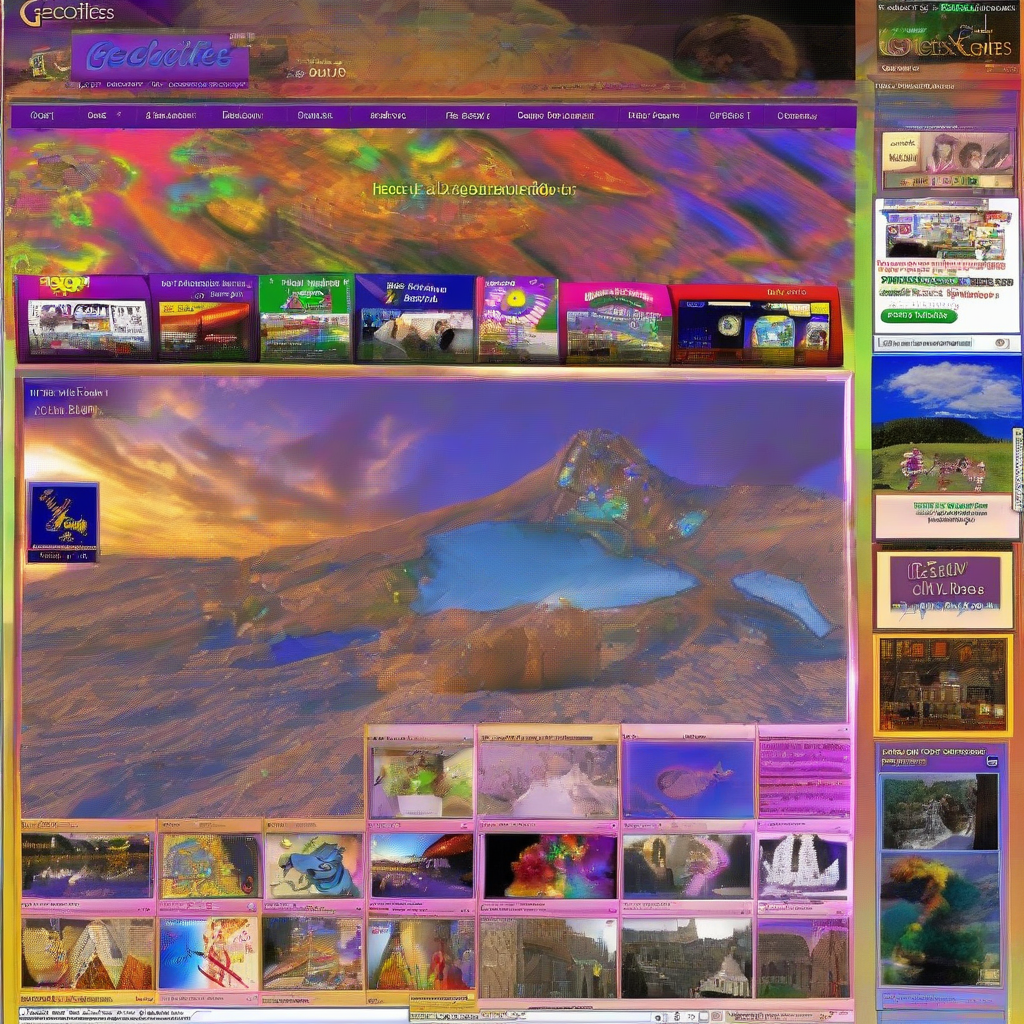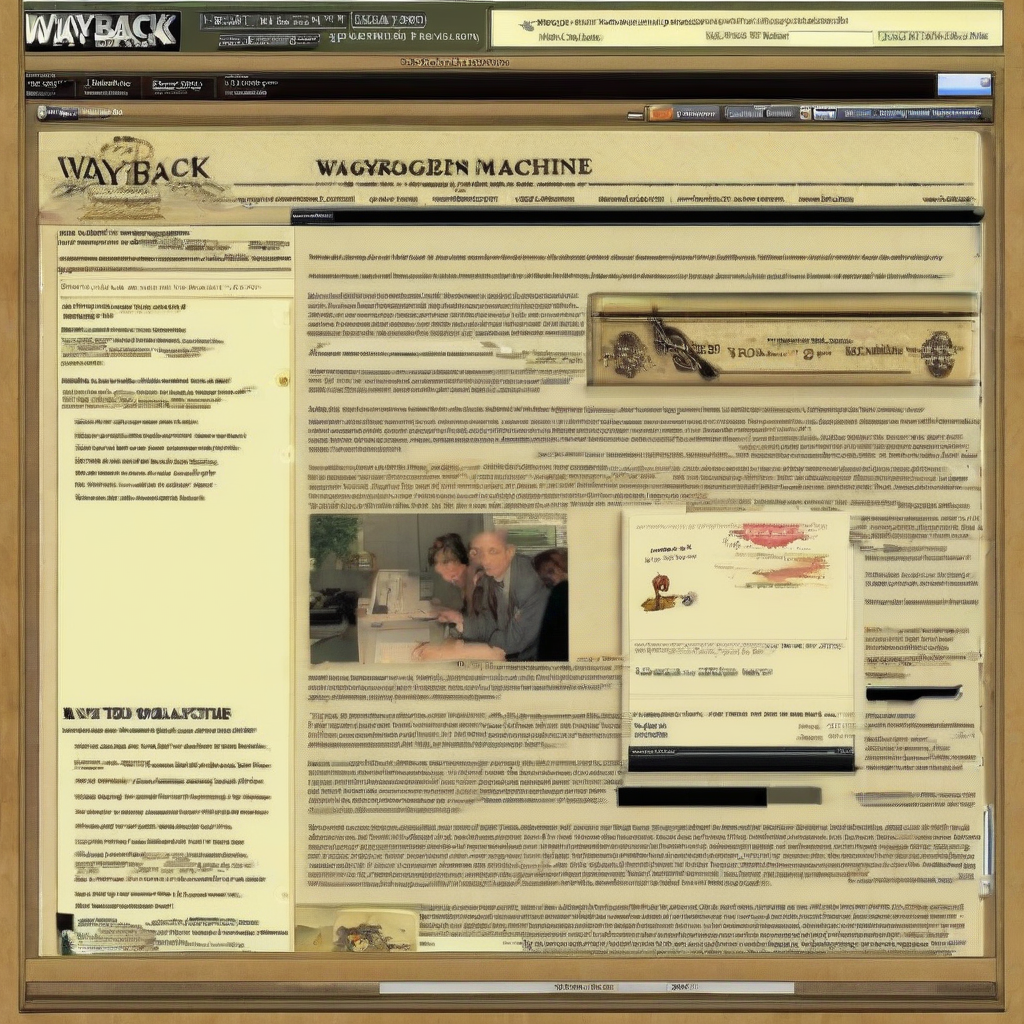Forgotten Websites: A Nostalgic Look Back at the Digital Past
The internet is a vast and ever-evolving landscape. New platforms and websites emerge daily, quickly eclipsing their predecessors. But what about those digital relics, the websites that once thrived but have since faded into obscurity? These forgotten corners of the web hold a peculiar charm, a time capsule of bygone trends, design aesthetics, and internet culture. This exploration delves into the world of forgotten websites, examining their significance and the reasons behind their demise.

The Rise and Fall of Geocities:
Perhaps the most iconic example of a forgotten website is Geocities, launched in 1994. Geocities was a free web hosting service that allowed users to create their own personal websites, often filled with animated GIFs, flashing banners, and MIDI music. It was a chaotic, vibrant ecosystem reflecting the early days of the internet, where creativity was boundless and technical proficiency was less crucial. Users could construct websites dedicated to anything from their favorite bands and hobbies to personal diaries and online communities. The site’s free nature meant that millions flocked to it, contributing to a sprawling, eclectic digital landscape.
Geocities’ popularity peaked in the late 1990s, becoming a hub for both personal expression and early forms of social networking. However, its free nature also led to problems. Bandwidth limitations, server issues, and a lack of sophisticated search functionality contributed to a decline in user experience. Yahoo acquired Geocities in 1999, but eventually shut it down in 2009. The site's closure marked the end of an era, signifying a shift towards more structured and professionally designed websites. Today, remnants of Geocities can be found in online archives, offering a captivating glimpse into a simpler, more unpolished internet.

The Impact of Design and Technology:
Many forgotten websites fell victim to evolving design trends and technological advancements. Websites that once looked cutting-edge quickly became outdated and aesthetically unappealing. The rise of responsive design, which allows websites to adapt to different screen sizes, further marginalized sites that weren't optimized for mobile devices. Websites that failed to keep pace with technological advancements in terms of security, speed, and functionality were left behind in the relentless race for online relevance.
The shift towards social media also played a significant role in the decline of many independent websites. Platforms like Facebook, Twitter, and Instagram provided more streamlined ways for users to share content and connect with others, drawing users away from more static websites. This centralization of online activity left numerous niche websites struggling to maintain a user base.

The Nostalgia Factor:
Despite their obsolescence, forgotten websites hold a significant nostalgic value for many internet users. They represent a specific time in the internet's history, evoking memories of dial-up connections, dial-up sounds, and the early days of online exploration. These websites often serve as reminders of simpler times, when the internet was less commercialized and more focused on personal expression and community building.
The act of searching for and discovering forgotten websites has become a kind of digital archaeology, a quest to uncover hidden treasures of the past. Websites like the Internet Archive, the Wayback Machine, and various online forums dedicated to internet history provide access to these digital remnants, allowing users to revisit and explore websites that are no longer online.

More Than Just Nostalgia:
While nostalgia plays a significant role in our interest in forgotten websites, they also offer valuable insights into the evolution of the internet, web design, and online culture. Studying these websites can illuminate the trajectory of the internet's development, the influence of technology on society, and the ever-changing landscape of online communication. They provide a unique perspective on how trends come and go, and how the digital world continuously reshapes itself.
By examining the design, content, and functionality of these forgotten websites, we can gain a deeper understanding of the challenges and opportunities that have shaped the internet. Analyzing the reasons behind their decline can inform current web development practices, highlighting the importance of adaptability, innovation, and user experience in the ever-competitive online world.
Examples Beyond Geocities:
Beyond Geocities, countless other websites have faded into obscurity. Consider early social networking platforms like Friendster, MySpace, and even early iterations of Facebook. These platforms, once dominant forces in the online social landscape, have either been significantly altered or have diminished in popularity compared to their heydays. Furthermore, countless personal blogs, fan sites, and online forums dedicated to specific topics have also disappeared over time, leaving behind only scattered fragments of their existence.
The Continued Cycle:
The rise and fall of websites is a continuous cycle. Today’s popular platforms will inevitably face the same fate as their predecessors. The ephemeral nature of the internet is a constant reminder of the dynamic and ever-shifting nature of online spaces. The websites we consider “forgotten” today may serve as a warning, or inspiration, for the websites of tomorrow. Understanding their stories helps us appreciate the transient nature of digital life and the importance of preserving and learning from our online past.
The exploration of forgotten websites is not merely a sentimental journey; it's a valuable exercise in understanding the history and evolution of the internet, offering insights into past trends, design aesthetics, and technological limitations. It's a reminder that the online world is in constant flux, and that what is popular today may be forgotten tomorrow. The digital artifacts left behind, however, offer a rich tapestry of stories and perspectives that continue to fascinate and inform.